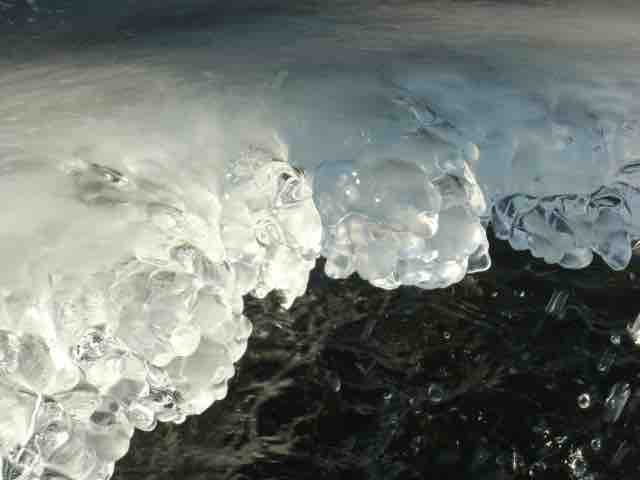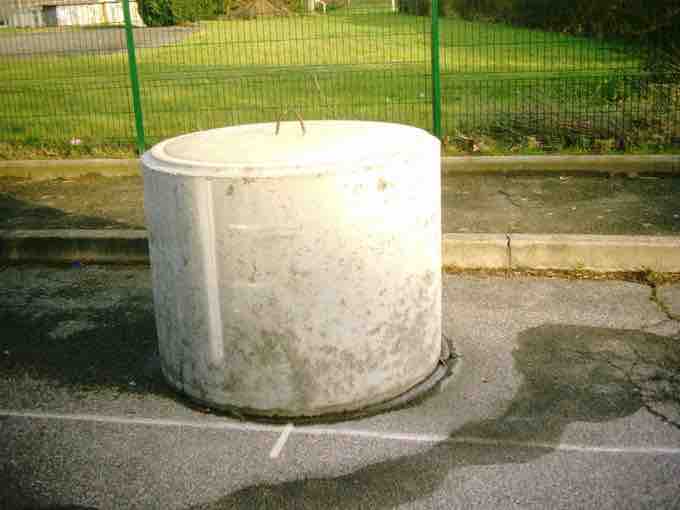All properties of matter are either extensive or intensive and either physical or chemical. Extensive properties, such as mass and volume, depend on the amount of matter that is being measured. Intensive properties, such as density and color, do not depend on the amount of matter. Both extensive and intensive properties are physical properties, which means they can be measured without changing the substance's chemical identity. For example, the freezing point of a substance is a physical property: when water freezes, it's still water (H2O)—it's just in a different physical state.

Solid, liquids, and gases
Water can exist in several states, including ice (solid), water (liquid), and water vapor (gas).
A chemical property, meanwhile, is any of a material's properties that becomes evident during a chemical reaction; that is, any quality that can be established only by changing a substance's chemical identity. Chemical properties cannot be determined just by viewing or touching the substance; the substance's internal structure must be affected for its chemical properties to be investigated.
Physical Properties
Physical properties are properties that can be measured or observed without changing the chemical nature of the substance. Some examples of physical properties are:
- color (intensive)
- density (intensive)
- volume (extensive)
- mass (extensive)
- boiling point (intensive): the temperature at which a substance boils
- melting point (intensive): the temperature at which a substance melts

Physical properties
Matter has mass and volume, as demonstrated by this concrete block. You can observe its mass by feeling how heavy it is when you try to pick it up; you can observe its volume by looking at it and noticing its size. Mass and volume are both examples of extensive physical properties.
Chemical Properties
Remember, the definition of a chemical property is that measuring that property must lead to a change in the substance's chemical structure. Here are several examples of chemical properties:
- Heat of combustion is the energy released when a compound undergoes complete combustion (burning) with oxygen. The symbol for the heat of combustion is ΔHc.
- Chemical stability refers to whether a compound will react with water or air (chemically stable substances will not react). Hydrolysis and oxidation are two such reactions and are both chemical changes.
- Flammability refers to whether a compound will burn when exposed to flame. Again, burning is a chemical reaction—commonly a high-temperature reaction in the presence of oxygen.
- The preferred oxidation state is the lowest-energy oxidation state that a metal will undergo reactions in order to achieve (if another element is present to accept or donate electrons).